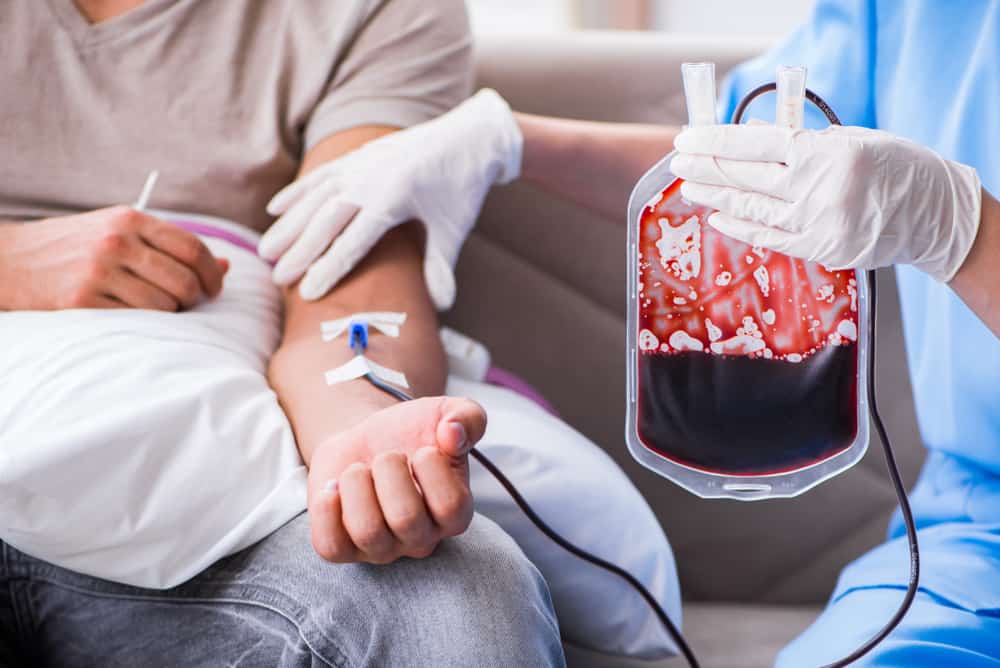Causes and risk factors

The cause of HIV and AIDS is the Human Immunodeficiency Virus, which breaks down into 2 species and several subtypes. According to the latest statistics, this virus infected nearly 38 million people worldwide by age 2018. They are males and females of all ages, but if we consider the number there’s an evident prevalence of the disease in males. According to data from 2015, 81% of the diagnoses came from males in the United States, and it is higher in this country among African American people.
We could say that the main risk factors of HIV and AIDS are:
- Unprotected penetrative sex: This is the most common risk factor, and both vaginal and anal sex has a similar risk, but the infection in the latter is faster because there is more contact between the penis and micro-abrasions in the anal cavity. Unprotected penetrative sex is less risky in monogamous relationships, but nothing should be taken for granted, even in these cases.
- Having sexually transmitted infections: Statistics show that most patients with HIV infections are coinfected with other sexually transmitted diseases. In many cases, they increase the likelihood of infections. For example, individuals with herpesvirus have genital sores easily infected by contact with blood or semen.
- Sharing injecting equipment: Outside of the sexually-transmitted HIV, drug addiction and sharing needle equipment is another common route of infection. These individuals also tend to lose control over their own actions after getting high and are more likely to practice unprotected sex with multiple sexual partners.
- Medical procedures without sterile materials: Besides sharing needles and injecting equipment, anything that pierces the skin and is not sterile can potentially pass down the disease to another person. In medical facilities, there’s a protocol to follow to avoid this. However, there’s still a significant risk after piercing, getting a tattoo, or visiting an unlicensed doctor if they don’t use sterile materials.
- Accidental pricks in healthcare workers: Healthcare workers are significantly at risk of accidental pricks. They are always in contact with needles and anonymous patients in the emergency room, and accidents can happen, especially if they are not following security protocols.
As noted, being gay is not listed among the risk factors, and HIV stopped being a disease that only affects gay men for many years. However, as noted above, the rate of men with HIV is higher than females, and in heterosexual relationships, it is more likely that a man infects a woman with HIV than vice versa.
